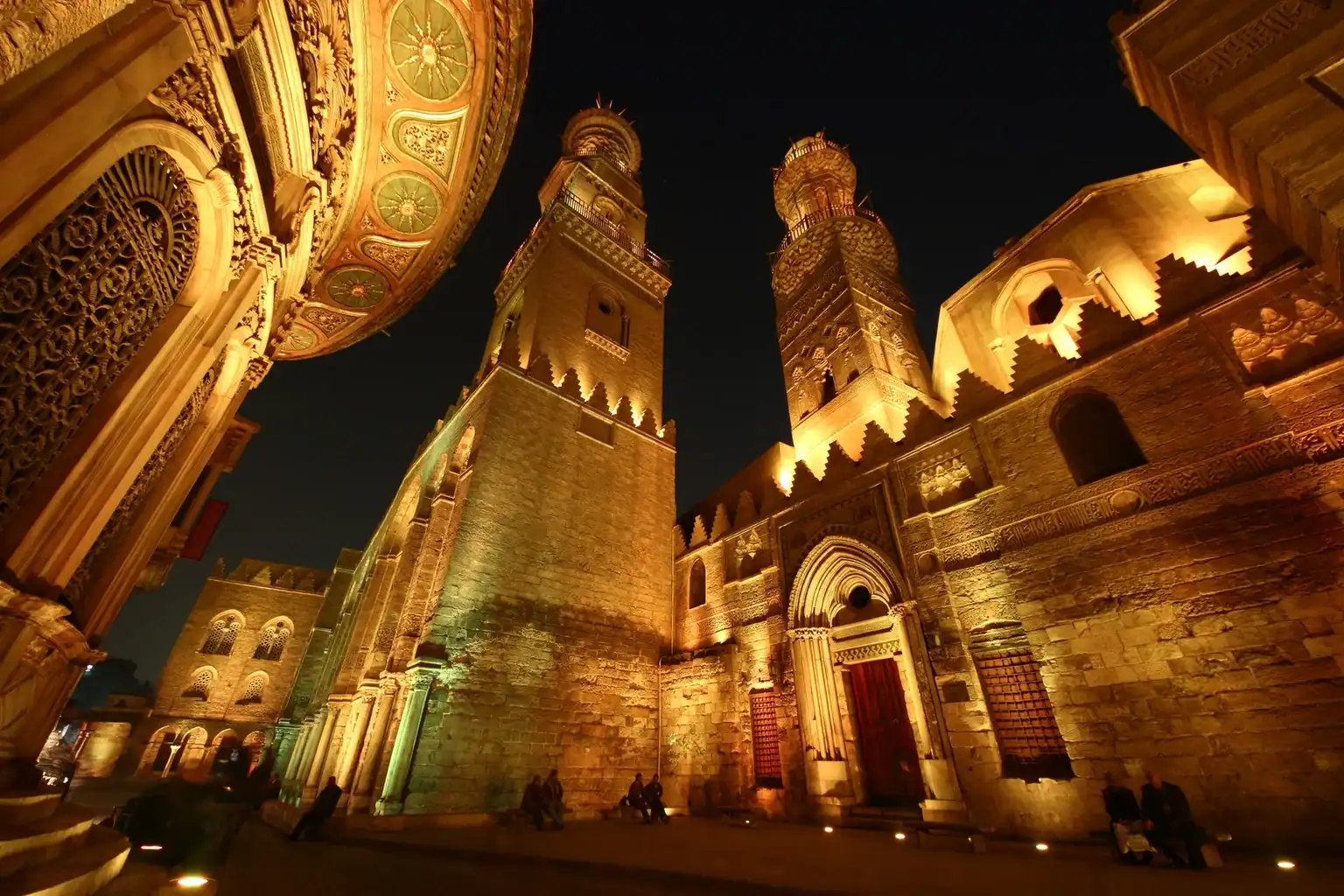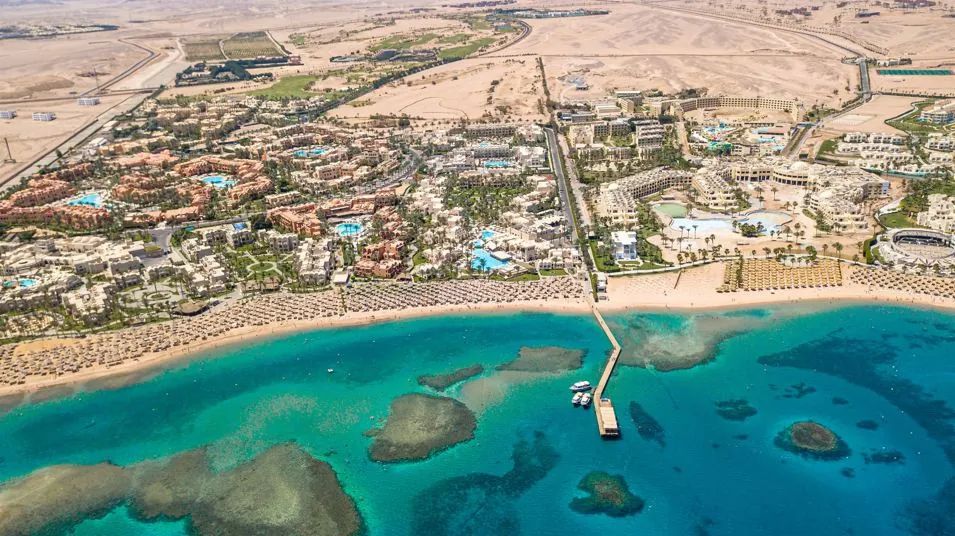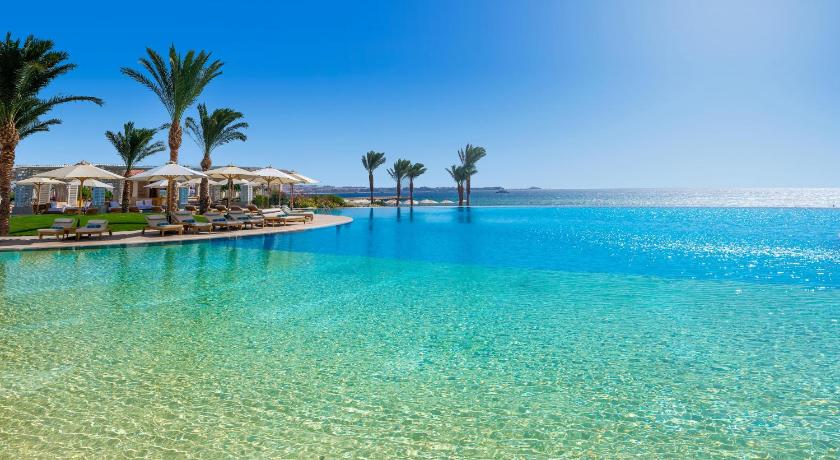In the heart of modern Cairo lies a place where history comes alive Old Cairo City. Known as the cradle of Egypt’s religious and cultural heritage, this district is a fascinating mosaic of Islamic, Coptic, and even Jewish landmarks. Walking through its narrow alleys and historic streets feels like stepping back centuries, where ancient mosques, churches, and synagogues stand as a testament to Egypt’s diverse past.
For travelers seeking a journey that blends spirituality, culture, and authentic local experiences, Old Cairo City is an absolute must. Beyond its monuments, the area offers bustling souks, traditional crafts, and warm hospitality that make every visit unforgettable.
Islamic Landmarks in Old Cairo City
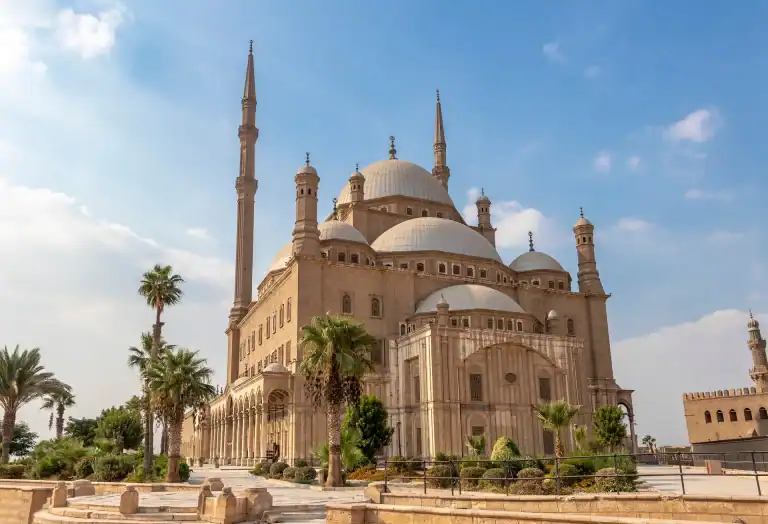
One of the highlights of Old Cairo City is its extraordinary collection of Islamic architecture. Among the most famous is the Amr Ibn Al-As Mosque, the very first mosque built in Africa, dating back to 641 AD. Though reconstructed multiple times, it remains a symbol of Islamic heritage in Egypt.
Another iconic landmark is the Mosque of Ibn Tulun, celebrated for its vast courtyard, spiral minaret, and unique architectural style. Built in the 9th century, it is one of the oldest and largest mosques in Cairo, offering panoramic views of the city.
The Citadel of Saladin, though technically on the edge of Old Cairo City, is also a must-visit. Inside, the Mosque of Muhammad Ali dazzles with Ottoman-style grandeur and stunning interiors. Together, these landmarks reflect centuries of Islamic art, architecture, and devotion that shaped Cairo’s identity.
Coptic Landmarks in Old Cairo City
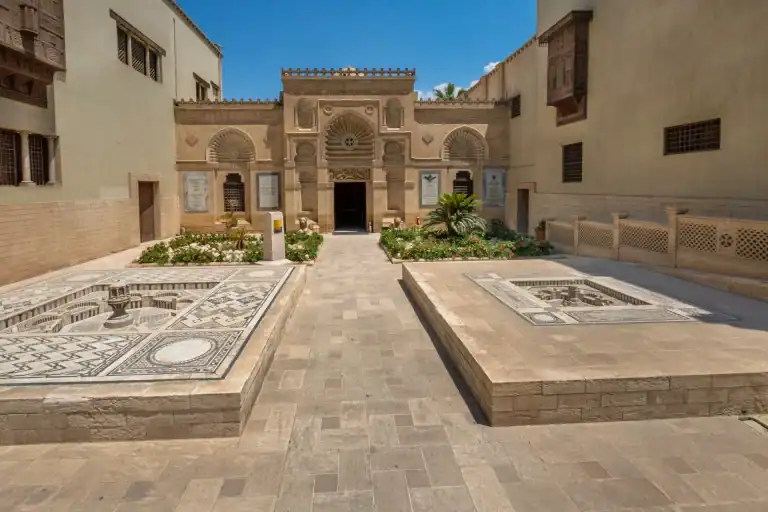
Old Cairo City is equally famous for its Coptic Christian landmarks, making it a destination of profound spiritual significance. The Hanging Church (Saint Virgin Mary’s Coptic Orthodox Church) is perhaps the most well-known, built above the southern gate of a Roman fortress. Its wooden ceiling, designed to resemble Noah’s Ark, is a striking architectural feature.
Nearby lies the Church of St. Sergius and Bacchus (Abu Serga), believed to be built on the site where the Holy Family rested during their flight into Egypt. Pilgrims from around the world visit this sacred site to connect with a remarkable chapter in Christian history.
The Coptic Museum is another highlight, housing an impressive collection of manuscripts, icons, and artifacts that trace the history of Christianity in Egypt. These landmarks together make Old Cairo City a cornerstone of Egypt’s Coptic heritage.
Exploring Old Cairo’s Streets and Souks
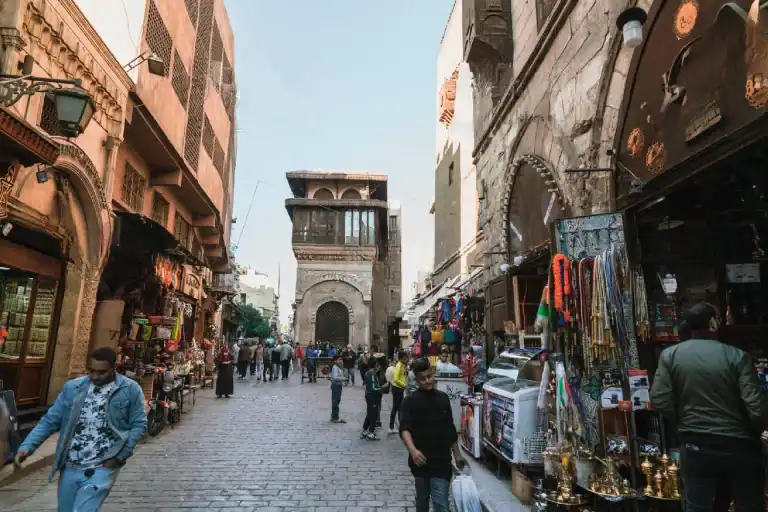
Beyond religious landmarks, Old Cairo City captivates visitors with its vibrant streets and bustling markets. Wandering through its alleys, you’ll encounter artisans crafting traditional goods, spice vendors offering fragrant blends, and locals going about their daily lives.
One of the most famous markets nearby is Khan El Khalili, a lively bazaar where visitors can shop for souvenirs, jewelry, textiles, and handmade crafts. While it can get busy, the atmosphere is magical especially in the evening when lanterns glow and the scent of street food fills the air.
Exploring Old Cairo City on foot allows travelers to experience the district’s authentic charm, blending history, tradition, and modern Egyptian life in one unforgettable journey.
Tips for Visiting Old Cairo City
To make the most of your trip to Old Cairo City, keep these tips in mind:
Dress Modestly: Since you’ll be visiting religious sites, conservative clothing is recommended.
Hire a Guide: A knowledgeable guide can provide deeper insight into the historical and cultural significance of each landmark.
Best Time to Visit: Early mornings or late afternoons are ideal to avoid crowds and enjoy cooler weather.
Carry Cash: While some shops accept cards, many small vendors prefer cash.
Respect Traditions: Be mindful when taking photos inside religious sites and always ask for permission.
With these tips, your visit to Old Cairo City will be smoother and more enjoyable.
Facts About Old Cairo City
Here are some fascinating facts about Old Cairo:
Religious Harmony: Old Cairo is home to Islamic mosques, Coptic churches, and Jewish synagogues, making it a symbol of religious coexistence.
Ancient Roots: The area was once part of the Roman fortress of Babylon, remnants of which are still visible today.
First Mosque in Africa: Amr Ibn Al-As Mosque, located in Old Cairo, is the first mosque ever built on the African continent.
UNESCO Recognition: Old Cairo is part of Historic Cairo, a UNESCO World Heritage Site since 1979.
Living Community: Unlike many ancient sites, Old Cairo remains a vibrant, lived-in neighborhood where history and modern life intertwine.
How Desert Cruise Travel Enriches Your Visit to Old Cairo City?
Exploring Old Cairo City on your own can be overwhelming, given the wealth of history and cultural depth in the district. This is where Desert Cruise Travel enhances the experience:
Expert Guides: Offering historical context, cultural insights, and stories that bring landmarks to life.
Tailored Tours: Customized itineraries that focus on your interests, whether religious landmarks, shopping, or photography.
Seamless Logistics: From transportation to site entry, everything is handled with ease.
Local Connections: Opportunities to engage with artisans, shopkeepers, and residents for an authentic cultural exchange.
Comfort and Safety: Ensuring a stress-free, enjoyable journey through the bustling streets of Old Cairo City.
With Desert Cruise Travel, your trip to Old Cairo City transforms into an enriching journey filled with discovery and unforgettable memories.
Conclusion
Old Cairo City is more than just a historic district it is the living heart of Egypt’s spiritual and cultural heritage. From the earliest mosques and Coptic churches to lively souks and charming streets, the area offers an experience unlike anywhere else in the world.
If you are ready to step back in time and explore the roots of Egypt’s history, let Desert Cruise Travel guide your adventure. Walk through centuries of culture, faith, and tradition and let Old Cairo City leave you with memories that last a lifetime.

